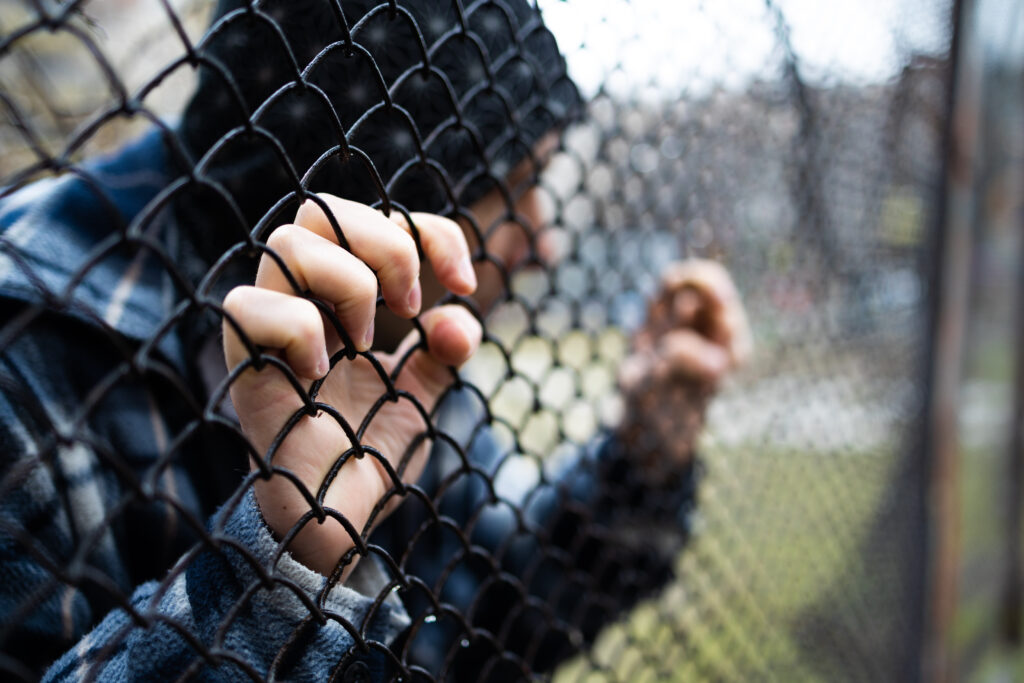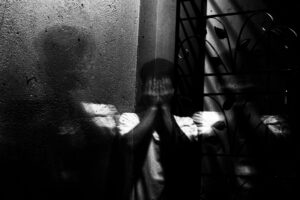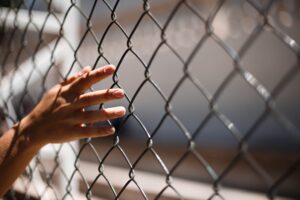For thousands of Australian children, the name Minda evokes anything but protection. Despite its origins in an Aboriginal word meaning “shelter,” Minda Juvenile Justice Centre was a place of confinement, fear, and—in too many cases—abuse.
Operating for nearly four decades in Lidcombe, New South Wales, Minda played a central role in the state’s juvenile justice system. But its high-security environment, harsh disciplinary regime, and treatment of children, many of whom had not yet been found guilty of an offence, have left a painful legacy.
This article outlines Minda’s history, the lived experiences of those detained, and the broader systems that allowed it to operate with minimal scrutiny for decades.
A purpose-built place of control
Minda opened its doors on 6 May 1966, built on an 8.5-acre site next to Lidcombe State Hospital in western Sydney. It was designed to serve as a remand centre where young people aged 8 to 18 would stay temporarily after being charged with a criminal offence, while their case progressed through the Children’s Court.
The facility was highly secure and institutional in layout, with:
- Separate wings for boys and girls
- Capacity for around 60 boys and 30 girls
- A Children’s Court located on-site
- A Child Guidance Clinic
- A hospital wing, where girls diagnosed with venereal disease were confined until treatment was complete.
Despite being a temporary holding centre, the strict regime and secure environment made Minda feel more like a prison. High fences, locked dormitories, and enforced discipline were the norm.
“Shelter” may have been the literal translation of Minda’s name, but for many children, it represented a place of surveillance, punishment, and isolation.
Children behind the walls
The young people sent to Minda had been arrested or charged with an offence, but had not yet been found guilty. Stays generally lasted around four weeks, though some remained longer if court delays occurred or further assessments were ordered.
Life inside Minda was strictly controlled. Reports describe:
- Rigid daily routines
- Minimal privacy
- A focus on obedience and discipline over rehabilitation
- Limited or no family contact.
One particularly troubling element was the treatment of girls diagnosed with venereal disease, who were confined in hospital until considered “cured”—reflecting the era’s deeply demoralising attitudes toward young women, particularly those perceived as sexually active.
A culture of harm & a failure of care
Accounts from survivors paint a grim picture of life inside Minda. Former residents have described experiences of:
- Physical abuse
- Sexual abuse
- Neglect by staff
- Isolation and trauma.
These experiences were rarely acknowledged or addressed then, and most children had no avenue for complaint or redress.
The Royal Commission into Aboriginal Deaths in Custody investigated the death of an Aboriginal teenager at Minda in 1980. The 16-year-old boy died from heart failure, and the Commission noted that Minda staff were not trained to recognise symptoms of heart distress or administer CPR.
The incident raised serious concerns about staff training and the broader systemic neglect of Aboriginal children in custody.
Closure & legacy
In 2003, Minda officially closed and the site was demolished. A new facility, Juniperina Juvenile Justice Centre, was built in its place to accommodate young women.
Though the buildings are gone, the legacy of Minda lives on through survivor testimony, ongoing trauma, and recognition of how state systems failed to protect vulnerable teens.
Seeking justice after Minda
At Minda Juvenile Justice Centre, too many children experienced punishment when they needed protection. Behind its walls, young people—many not even convicted of a crime—were subjected to control, neglect, and in some cases, abuse.
As institutional abuse lawyers, we understand the deep and lasting trauma that places like Minda have caused. If you or someone you care about was detained at Minda and experienced abuse, mistreatment or neglect, you are not alone—and you may be entitled to take action.
No one should have suffered what you did. By speaking up, you’re reclaiming your voice and helping to hold institutions accountable.




